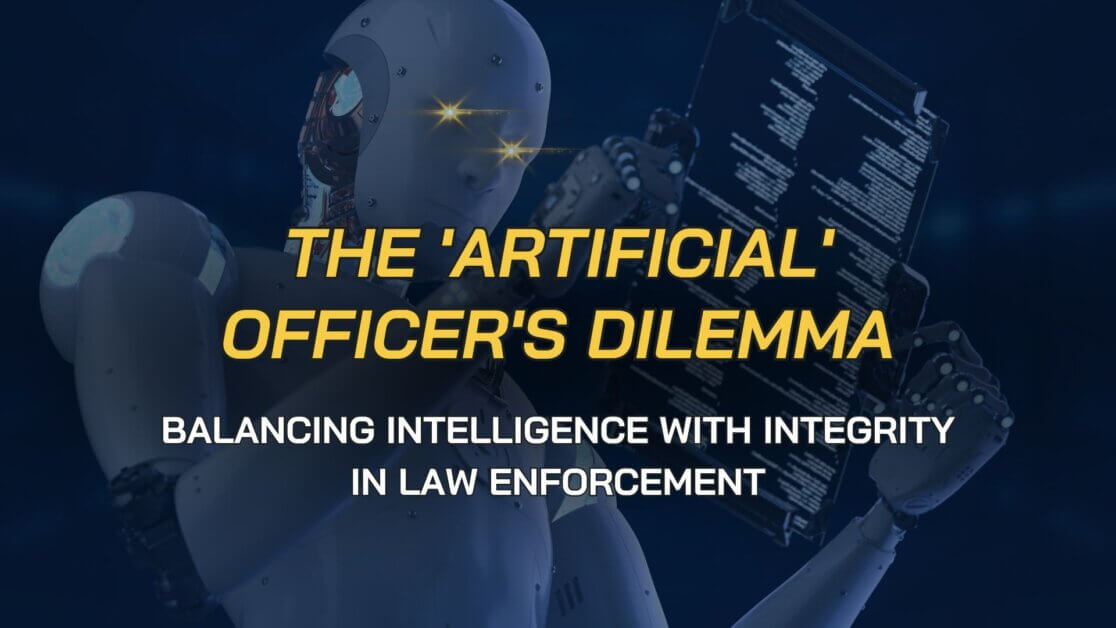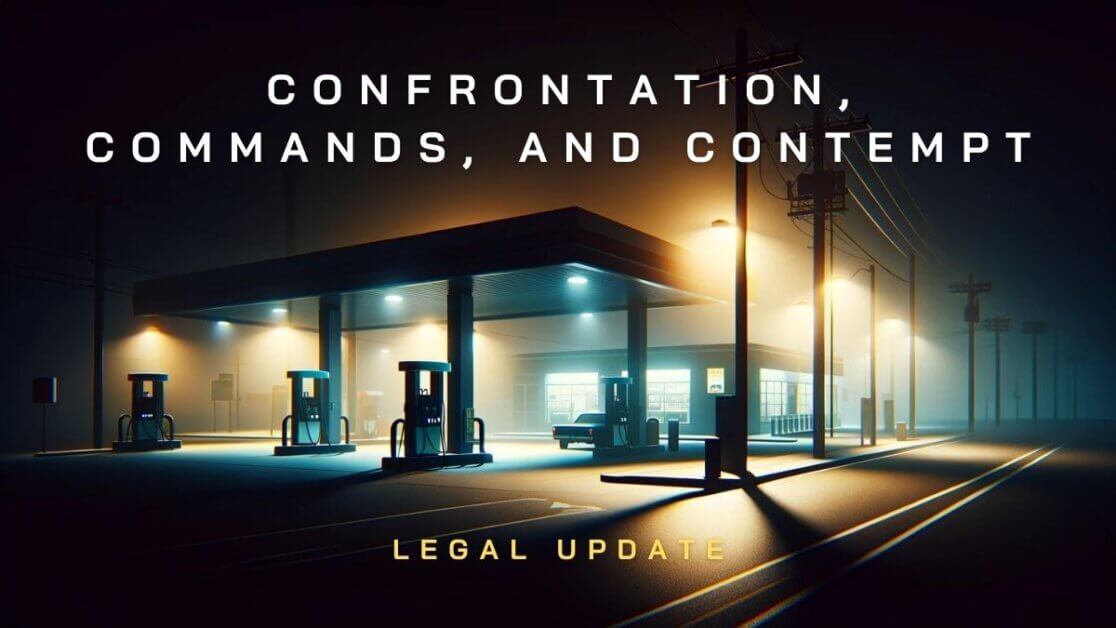Today’s case is both entertaining and enlightening. You know that saying, “You can’t make this stuff up”? Well today’s case has some of that “stuff”. There are of course some learning points as well in this case that are worth reviewing.
We have discussed protective sweeps in prior updates and the ability to conduct a warrantless search of a home based on exigent circumstances. Of course, each of these exceptions to the 4th Amendment warrant requirements comes with limitations. Since the purpose of a protective sweep is to find victims or suspects, officers are limited to search only those areas where a person may be found; with respect to a search under exigent circumstances, we know that the search ends once the exigency has been addressed. It is worth noting that any evidence or contraband observed while properly undertaking either of these functions can be seized by officers. So, with these two points in mind let’s take a look at the facts and subsequent court decision in today’s case.
FACTS
St. Louis Metropolitan Police officers responded to a 911 call reporting a burglar alarm sounding at 4118 Shreve Avenue. Officers found the home and observed that there were footprints on the front door, several windows were broken and there was blood on the front porch floor.
Officers gained access to the house and conducted a protective sweep to look for suspects or victims. Officers found that the house had been ransacked and items were strewn throughout the floors and hallways. As officers made their way through the house, they observed several firearms in plain view along with drugs, drug scales and baggies, additional drug paraphernalia and another bag of drugs sticking out of a wall in the basement. Officers also found a “Night Owl” surveillance system and DVR recorder connected to cameras both inside and outside of the house.
The officers did not find any suspects or victims in the house but did call for additional personnel and detectives to collect and catalog the items found during the sweep. The officers seized the drugs, firearms and paraphernalia. They also seized several cell phones and the security system and DVR.
Three days later officers obtained a search warrant to search the contents of the cell phone and DVR. The security DVR was kept in an officer’s locker until it was turned over to the Cyber Crimes Unit. The CCU uncovered over 41,000 video clips on the DVR that showed Williams carrying a firearm and selling and bagging drugs over a three-month period. The DVR footage also showed that officers searched kitchen cabinets, a microwave and the TV during the protective sweep.
Williams filed a motion to suppress the evidence at trial claiming that officers had the authority to conduct a protective sweep, but not to seize any of the observed contraband or the surveillance system. Williams also claimed that the indictment should be dismissed because officers destroyed or altered footage on the security DVR. Williams’ motion was denied and he was convicted of various federal charges by a jury. This appeal followed.
EIGHTH CIRCUIT FINDINGS
The court first addressed Williams’s claim that officers were required to leave the premises as soon as they discovered that there were no suspects or victims at the premises. Williams based his argument on the Supreme Court holding in Mincey v Arizona. In that case officers were conducting a buy/bust operation when they entered Mincey’s house and an officer was tragically shot and killed. The investigators remained in Mincey’s house for four days without a warrant collecting evidence and photographing the scene. Mincey claimed that officers were required to get a search warrant to process the house once the emergency ended. The Supreme Court agreed, and, to this day, officers will seek a so-called “Mincey Warrant” to process a scene once the exigency or emergency has ended.
The court was quick to point out that the facts in Mincey did not mirror the facts in this case. Officers in this case did not spend days conducting a warrantless search of the house after the exigency ended. Rather, officers spent an hour collecting evidence that they observed in plain view WHILE the exigency was still ongoing. Under these circumstances the officers properly seized the evidence.
The court next addressed the Brady claim as Williams claimed that officers improperly deleted footage from the DVR. However, after extensive testimony by the defendant’s video expert and the government’s video expert there was no evidence that any footage had been deleted. Moreover, the court concluded, “It makes little sense that the Government would have destroyed evidence of the burglars’ crime, yet turned over video of police misbehavior after the protective sweep ended”. In addition, the prosecutor introduced over twenty video clips of Williams receiving and selling drugs and carrying a firearm.
Under these circumstances, there was no evidence that the government doctored video footage or that there was any exculpatory footage removed from the DVR.
The appellate court then affirmed the conviction.
TAKEAWAYS
While this case may sound like the proverbial “slam dunk”, there are some procedural issues worth addressing. First and foremost, whenever evidentiary items are collected at the scene they need to be properly recorded, documented and secured in the Property Room as soon as possible. Evidence should never be placed in your locker, desk drawer or any other place of convenience. Failure to follow your agency directives on properly securing evidence is a recipe for disaster.
Next, you probably caught the court’s comment about “police misbehavior”. Of course, the security cameras were running in the house while the police conducted their protective sweep and there is video footage on the DVR of officers looking in kitchen cabinets and the microwave during that so-called “Protective Sweep”. The court was quick to point out that none of the evidence was located in kitchen cabinets or the microwave, but what if officers had found something in either of those locations? Wouldn’t it be better procedure to conduct the protective sweep, secure the house and contents, and then seek a warrant to properly search the house and seize all evidence and contraband? It might not have taken much to send this case in a whole different direction, so be sure to follow proper protocol at all times.
United States v. Williams, No. 18-1445 (8th Cir. 2020)



